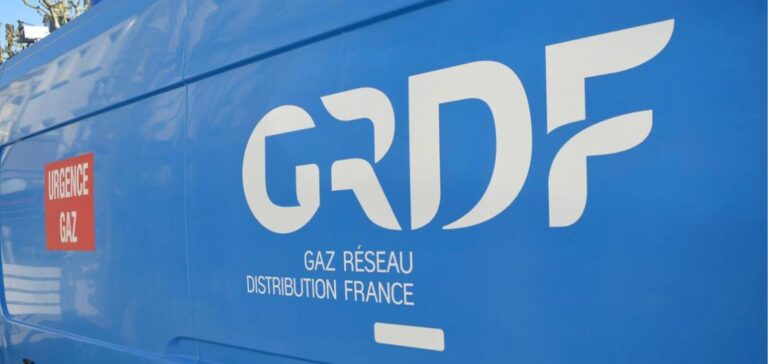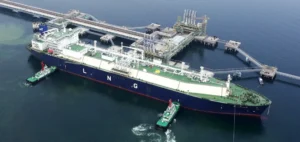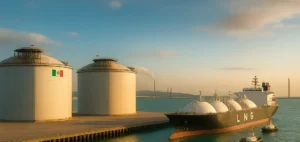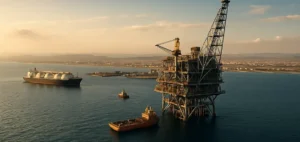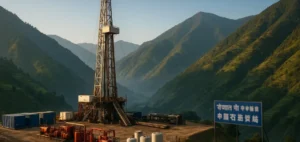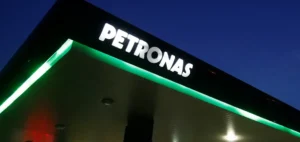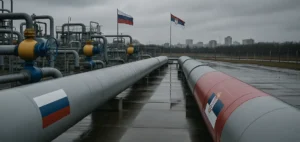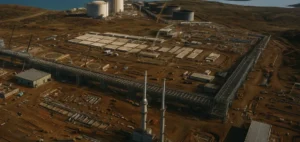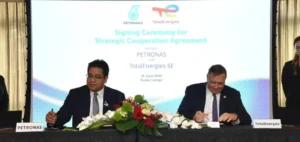The number of customers heating with gas in France has “for the first time in a long time” decreased this year, said GRDF, the main gas distributor in France, which explains the trend by a series of concerns, including on rates.
Since the 2000s, GRDF has observed a recurring decline in the use of gas for cooking, particularly in apartment buildings and large cities. “This is the first year in a long time where we will see a decline in our number of heating customers,” said GRDF CEO Laurence Poirier-Dietz, speaking to the association of economic and financial journalists (Ajef).
GRDF, which mentions a still provisional balance of 30,000 fewer heating customers, has recorded “a small acceleration in the number of people giving up and a slowdown in new connections”, particularly from customers heated with fuel oil who have become more cautious and who also benefit from less aid for conversion.
“What we’re hearing from heating plumbers is that they’re seeing a lot of customers who are a little bit lost, who don’t know what to do anymore, and they’ve been sitting on the fence,” Poirier-Dietz adds. “We had a very strong momentum last year of customers leaving oil, that stopped.”
France still has 3 million customers who heat with oil, one million of whom are close to the gas networks and are likely to connect when their boiler reaches the end of its useful life, or when they renovate their home.
According to GRDF, “people are a bit worried about prices, supply and also a bit about the image since they heard that gas was financing the war in Ukraine, which is a false and caricatured view. There is also inflation, which means that people are not able to invest quickly. It is really necessary that the boiler slams, so that the decision is taken”.
“It would be a major mistake to take all the gas heating out of the buildings because it would increase the need for electricity, especially at peak times” of the day (morning and evening), insists Ms. Poirier-Dietz, who also highlights the potential for biogas production.
“By 2030, in other words the day after tomorrow, 20% of our French gas consumption could be produced in France by green gas. This is more than what came from Russia,” she said.
More than 500 methanization plants injecting gas into the network are now connected. These are biomethane production sites using organic waste from agriculture, sludge from sewage treatment plants or biowaste from households.

